Description
Lip Fillers Masterclass likely cover a comprehensive range of topics related to lip augmentation techniques, safety protocols, patient assessment, and practical skills. While I can’t provide the exact curriculum without specific information, here’s a general outline of what such a course might include:
- Introduction to Lip Fillers
- Overview of lip anatomy
- History and evolution of lip augmentation techniques
- Types of lip fillers: temporary, semi-permanent, permanent
- Patient Assessment and Consultation
- Understanding patient expectations and goals
- Assessing lip anatomy and suitability for treatment
- Identifying contraindications and potential risks
- Injection Techniques
- Different injection techniques: linear threading, cross-hatching, fanning
- Lip proportions and symmetry
- Avoiding common complications: bruising, swelling, asymmetry
- Product Selection and Injection Materials
- Types of dermal fillers used for lip augmentation
- Understanding product composition and characteristics
- Storage, handling, and disposal of injectable materials
- Pre- and Post-Treatment Care
- Patient preparation: anesthesia options, pre-treatment protocols
- Managing patient expectations and post-treatment instructions
- Recognizing and managing complications: infection, allergic reactions, nodules
- Hands-On Training
- Practical demonstration of injection techniques on models
- Guided practice sessions under supervision
- Feedback and refinement of injection skills
- Marketing and Business Considerations
- Ethical marketing practices and patient acquisition strategies
- Pricing strategies and financial considerations
- Legal and regulatory aspects of offering lip filler treatments
- Advanced Techniques and Trends
- Combination treatments: lip filler with neuromodulators, lip lifts
- Addressing specific patient concerns: asymmetry, volume loss, aging lips
- Emerging trends and innovations in lip augmentation
- Case Studies and Troubleshooting
- Reviewing real-life case studies and outcomes
- Problem-solving: addressing challenges and complications
- Peer discussion and knowledge sharing
- Certification and Continuing Education
- Criteria for certification and accreditation
- Opportunities for further training and specialization
- Importance of ongoing learning and professional development
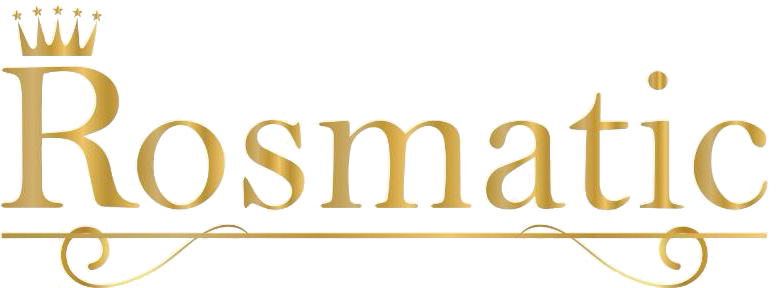
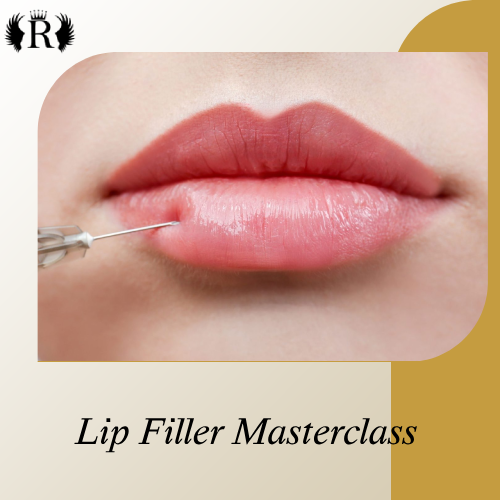
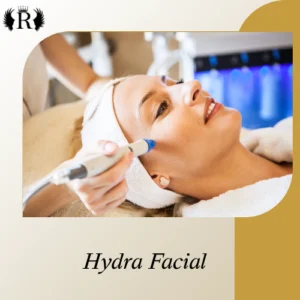

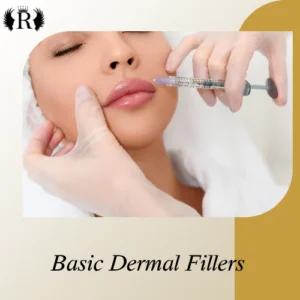
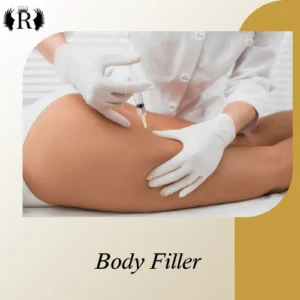
Reviews
There are no reviews yet.